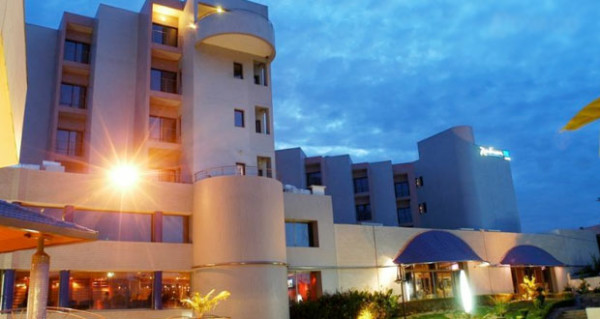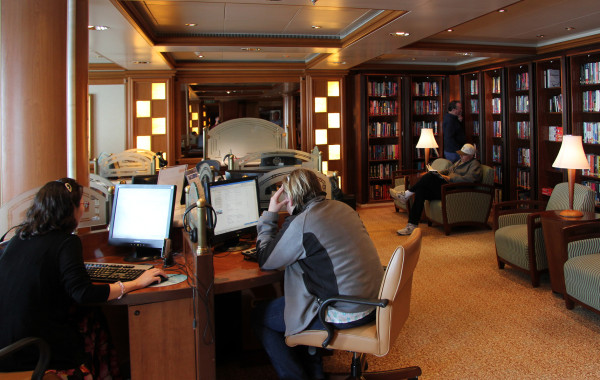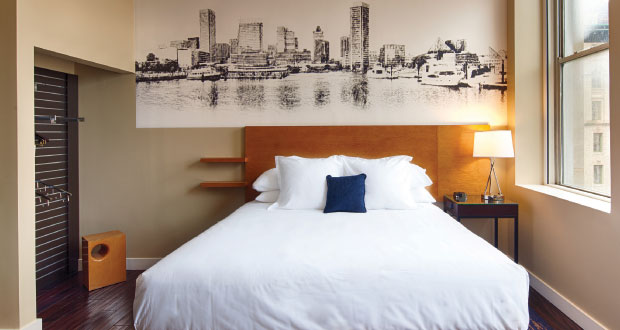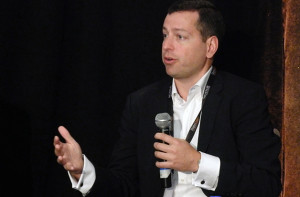2016 promises to be the most profitable year our industry has ever seen due to strong rate growth, minimal supply impact, low interest rates and oil prices, and a somewhat minimal impact from disruptors like Airbnb, living wage bills, and health care costs. As we do every year, following are the trends that will help you maximize your business opportunities in the year ahead.
Analytics rule:
Everything is trackable now. Not only can we see how much attention a certain ad campaign is getting, but we can see the geographic location of the users interacting with it, their age, and a general idea on their income. Use this information to target your marketing efforts to your specific buyer persona and watch your ROI skyrocket. Also, arm yourself when looking into digital advertising campaigns. Do you know how much one visit to your website is worth in dollars? Knowledge is power and you have it all available at your fingertips.
Consolidation is only just beginning:
The Marriott acquisition of Starwood and the Expedia acquisition of Orbitz are harbingers of a consolidation coming in the hotel industry. While it is too soon to determine what other brands or companies will decide to come together, it is clear that we are entering the age of consolidation as the economy enters the mature stage. The impact on guests and hoteliers will only be determined as this wave of consolidations plays out, but for the immediate future, bigger is better.
2016 Digital marketing is dominated by mobile and video:
The average user consumes more than 65 minutes of live video a day and this number is growing fast. Periscope alone averages 2 million daily active users with over 10 million total accounts created as of August 2015—barely 5 months after it launched. Millennials look at live streaming video the same way past generations viewed television.
Invest in capex immediately:
While the money is available and cheap, take advantage now of major expenditures including renovations that may not only be required by the brand, but will also revitalize your hotel now and through the next downturn. Remember, new supply is coming and a tired hotel loses twice—in 2016 when rates can be pushed to pay for the capital expense and in the future when demand drops and those who have renovated win! Moreover, the sharing economy could have a material impact on lodging demand by 2017.
Millennial mindset trends toward group settings:
Millennials and those who have the “millennial mindset†are looking for John Naisbitt’s high-tech, high-touch experience. They like a personalized, gourmet experience for a reasonable price and this has produced all new lobby designs in the hotel sector. Lobby bars and hotel restaurants are wide open with combination work, play and eat/drink spaces designed with this youthful customer in mind. So give them what they want—personalized experiences that create value. This group is quick to criticize via social media, so “wow†customer service is your best protection here.
Optimal channel mix:
Online travel agencies (OTAs) are having a tremendous impact on distribution. They are responsible for incremental demand and the OTA’s extensive marketing campaigns and sophisticated platforms reach travelers who might not find your hotel any other way. Owners still view OTAs as an expensive channel, but it’s a channel we most definitely need going into the next downturn. Find ways to use OTAs without relying on them as your primary resource—and get more eyeballs to your own web site.
For more:Â http://bit.ly/1OcwrRp








